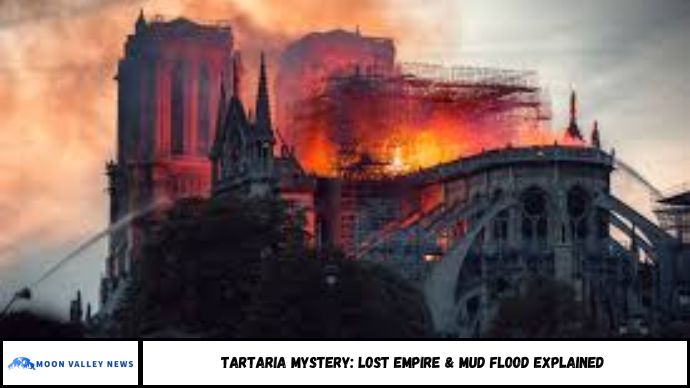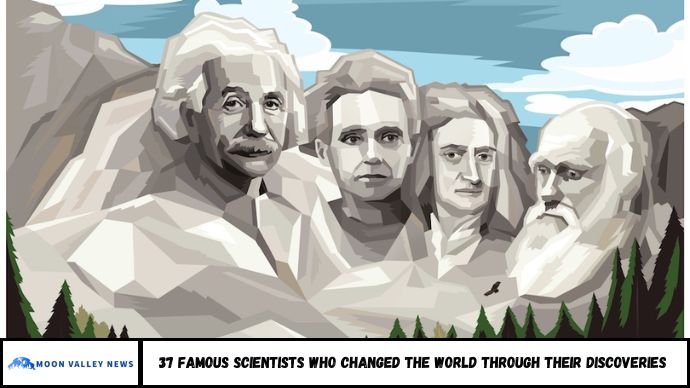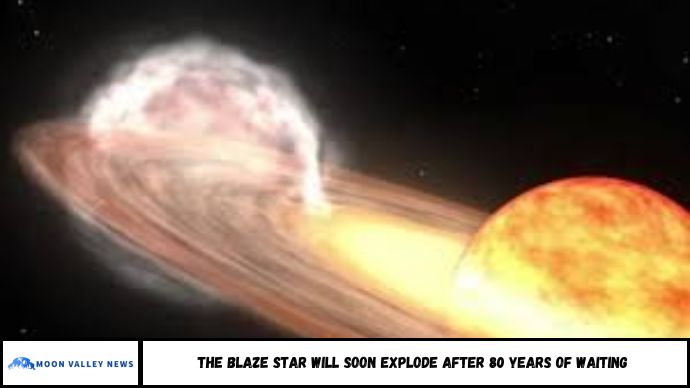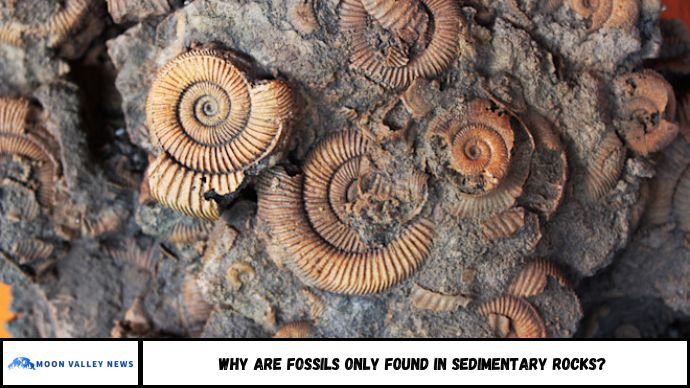The Tartaria conspiracy theory suggests that a highly advanced, global empire once existed and was wiped out by a cataclysmic mud flood. Believers point to unexplained architecture, suppressed history, and strange inconsistencies in historical records. In this article, we’ll explore what Tartaria allegedly was, the origins of the mud flood theory, key claims made by supporters, counterarguments from historians, and why this topic continues to fascinate millions online.
A Fire, a Cathedral, and a Hidden History?
In 2019, the world watched in disbelief as Notre-Dame de Paris, the iconic 12th-century cathedral, went up in flames. Thick black smoke billowed into the sky while bright orange fire raced across its centuries-old wooden roof. For many, it was a heartbreaking loss of cultural heritage.
Once the fire was extinguished and experts began assessing the damage, reassurance came in the form of a full-scale restoration plan. But for some, particularly those who subscribe to the Tartaria conspiracy theory, the incident triggered suspicion—not relief.
To these theorists, the Notre-Dame fire wasn’t just a tragic accident; it was another attempt to erase the legacy of Tartarian architecture—a hidden empire they believe once spanned the globe.
What Is Tartaria—and Who Were the Tartars?
One reason the Tartaria conspiracy theory confuses so many is that Tartary and the Tartars were real historical references—though very different from what modern theorists claim.
Historical Tartary: A Real Region, Not a Lost Empire
- For centuries, Western Europeans and Russians used the name “Tartary” to describe a vast, mostly unexplored region of Central and Northern Asia.
- This massive landmass included parts of Siberia, Mongolia, and Central Asia, even stretching as far south as Afghanistan.
- By the 1800s, as Russia expanded eastward, some Russians viewed their growing empire as a dominant Eastern power with rightful claim to Tartary’s resources and land.
What If Everything We Knew About History Was Wrong?
In recent years, a growing number of people have questioned mainstream historical timelines. At the center of one of the internet’s most captivating alternative history theories is Tartaria—a supposed lost empire that once spanned much of Eurasia.
The story doesn’t stop there. According to the theory, this empire was erased by a mud flood, a cataclysmic event that buried entire cities and led to a deliberate rewriting of history.
But how much truth lies behind this tale? Could centuries of our recorded past have been fabricated—or are these ideas just internet-fueled pseudohistory? This article breaks down the origins, claims, and counterarguments of the Tartaria and mud flood conspiracy.
What Is Tartaria?
Tartaria, or Tartary, was once a name used on European maps from the 16th to 19th centuries to describe large parts of Central Asia, Siberia, and Eastern Europe. However, conspiracy theorists believe:
- Tartaria was not just a vague territory, but a highly advanced global civilization.
- Its technologies rivaled or exceeded modern capabilities.
- It was systematically destroyed and erased from history by powerful global elites.
The Mud Flood Theory: A Hidden Catastrophe?
A central element of the Tartaria conspiracy is the mud flood, a mysterious event believed to have occurred in the 18th or 19th century, which allegedly:
- Buried entire cities worldwide in mud or sediment.
- Resulted in the loss of Tartaria’s infrastructure, knowledge, and culture.
- Led to the repurposing of buried buildings by new regimes.
Key “Evidence” Often Cited by Believers:
- Buildings with subterranean windows or “half-buried” doors, implying they were once above ground.
- Lack of construction records for monumental architecture like state capitol buildings, old world fairs, and cathedrals.
- Similar architectural styles worldwide, suggesting a unified global culture.
How the Theory Gained Momentum
While ideas about Tartaria date back decades, the theory exploded online in the late 2010s, largely due to:
- YouTube channels and Reddit threads sharing photo-based “evidence.”
- Viral TikTok videos showcasing “mud flood architecture.”
- Documentaries and books promoting alternative history narratives.
In 2021, Google Trends recorded a 270% increase in searches for “Tartaria” and “mud flood” compared to 2017, showing growing global curiosity.
What Do Historians Say?
Mainstream historians strongly reject the Tartaria conspiracy. They argue:
- “Tartary” was a catch-all geographic term, not an actual empire.
- “Buried” buildings often result from urban development, landscaping, or city growth, not a flood.
- The similarities in architecture are due to shared classical design trends, not evidence of a single lost civilization.
Additionally, there is no credible archaeological or written evidence supporting a global empire wiped out by a mud flood.
Why the Tartaria Theory Persists
Despite scholarly refutation, the theory continues to thrive due to:
- Distrust in mainstream narratives and institutions.
- The appeal of hidden knowledge and rewriting history.
- Visually compelling content that seems to show “buried” buildings and oddities.
It taps into broader questions many people ask:
What else might we not know about the past? Who decides what history gets remembered?
FAQ’s
1. Was Tartaria a real empire?
Historically, “Tartary” was a geographic label, not a documented civilization or empire.
2. Did a mud flood really happen?
There is no scientific evidence supporting a global mud flood event in the past few centuries.
3. Why do old buildings look buried?
Most are the result of changing street levels or urban layering over time, not floods.
4. Is the architecture really unexplainable?
No. Historians can trace architectural styles, construction methods, and timelines clearly.
5. Why is Tartaria all over TikTok and YouTube?
The theory went viral due to its visual intrigue and mystery, especially among younger audiences.
6. Could any part of the Tartaria theory be true?
While the theory itself lacks proof, it raises valid questions about lost knowledge and historical revision.
Conclusion
The story of Tartaria and the mud flood is more than just a fringe theory—it’s a modern myth reflecting our hunger to question what we’ve been taught. While mainstream experts firmly dismiss it as pseudohistory, the fascination it inspires shows just how powerful stories can be.
Whether you believe in lost empires or not, one thing is clear: the past still has secrets—and curiosity is the first step to uncovering them.







